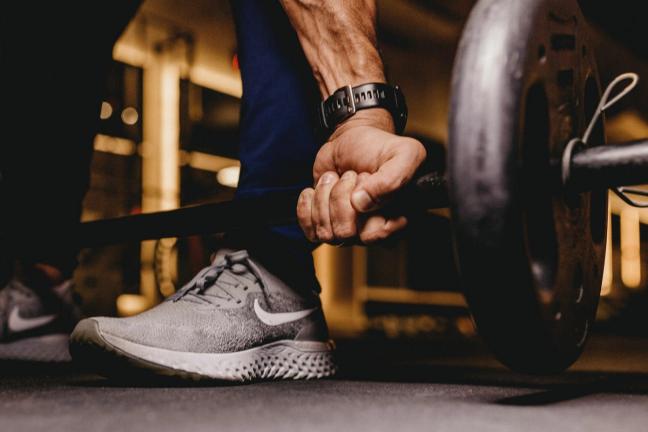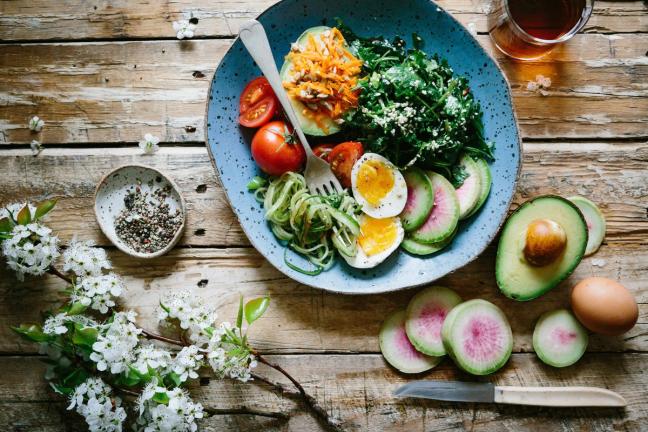
Words: Toby Huntington-Whiteley
The gyms have been open again for a few weeks now and, with everyone keen to get back to training, we’re all in danger of going too hard too soon. As a personal trainer and gym instructor, it’s been great to start teaching classes and seeing more clients again, but I’ve purposely been taking it a lot slower with my clients as I don’t want them to injure themselves post-lockdown.
Only yesterday a client had to leave my class as he felt faint – an incident that had never happened to him in the past. But as I explained, and this applies to everyone, you can’t expect to instantly resume working out at the same level you were at before lockdown. Even if you did home workouts or online classes throughout, they simply don’t compare to the training sessions you can do at a gym.
If you’re thinking about returning to the gym in the next few weeks my advice would be to rid yourself of expectations about where you were or ‘should’ be and accept you will have lost some of your stamina and fitness. Take it slow and ease yourself back into it. For example, if you’re going back to lifting weights, this is the perfect time to work on your technique: lift a little lighter than before but up the reps to 15+. This will still challenge you, but the lower weight will be slightly easier on your muscles, helping them to return to their former glory. In a few weeks’ time, increase the weight and reduce the reps and you’ll likely find you’re back up to your pre-lockdown strength.

Another good piece of advice is to focus on compound movements that use more than one joint and multiple muscles. Below is a great two-day split – try and do this twice a week for your first two weeks back in the gym. Your target is to hit the reps, not to try and lift as heavy as possible, so if you can’t complete all 15 reps lighten the weight.
Day 1, A1 – Deadlifts x15, A2 – Push-ups x15, Repeat four times.
B1 – Reverse Lunge x15 (each leg), B2 – Dumbbell Bench Press x15, Repeat four times.
C1 – Hip Thrusts x15, C2 – Dumbbell Shoulder Press x15, Repeat four times.
Day 2, A1 – Front Squat x15, A2 – Cable Pulldowns x15, Repeat four times.
B1 – Split Squat x15 (each leg), B2 – Seated Cable Row x15, Repeat four times.
C1 – Sled Push x15, C2 – TRX row x15, Repeat four times.

This is also the case if you’re going back to classes – take your time and work on that technique. Also stretch! This is key for recovery, especially if you’re going from no or very little exercise to 3-5 times a week again. If traditional stretching isn’t your thing, a yoga class will be equally effective. I’m also a big fan of London’s StretchLab, which offers one-to-one assisted stretching classes.
If you’ve loosened the reins a little during lockdown, this is also the time to start thinking about your diet again. Nutrition is vital as you start training again – you need to be eating the right foods to help your body recover more quickly and reduce DOMs (Delayed Muscle Soreness). If you are trying to lose fat or gain muscle, a great way of keeping yourself on the straight and narrow is to calculate and track the calories and macronutrients (proteins, carbohydrates and fats) you should be consuming per day. There are many calorie calculators out there to help with this so talk to your trainer or have a look online to find the right balance to meet your goals. I like Precision Nutrition and bodybuilding.com.

Once you know your daily intake requirements, I would advise that you don’t worry too much about hitting the exact amount each day – just make sure it averages out over the week. Most people eat and drink more over the weekend so it could be useful to take this into account when planning meals and workouts. For example, if your requirement is 2,000 calories a day, that’s 14,000 over the week. So you could give yourself 3,000 calories per day for the weekend and then 1,600 per day during the week.
If you’re not keen to start calorie counting and would just like a rough guide, your protein intake can be an easier and more generally useful stat to keep check on. Protein is the building block for our muscles and will help you recover after a workout; simply make sure you’re aiming for 1.5-2 grams of protein per kg of body weight.
Looking for more workout ideas? Allow London Fitness Guy to teach you some brand new exercises….
Become a Gentleman’s Journal member. Find out more here.

Become a Gentleman’s Journal Member?
Like the Gentleman’s Journal? Why not join the Clubhouse, a special kind of private club where members receive offers and experiences from hand-picked, premium brands. You will also receive invites to exclusive events, the quarterly print magazine delivered directly to your door and your own membership card.



